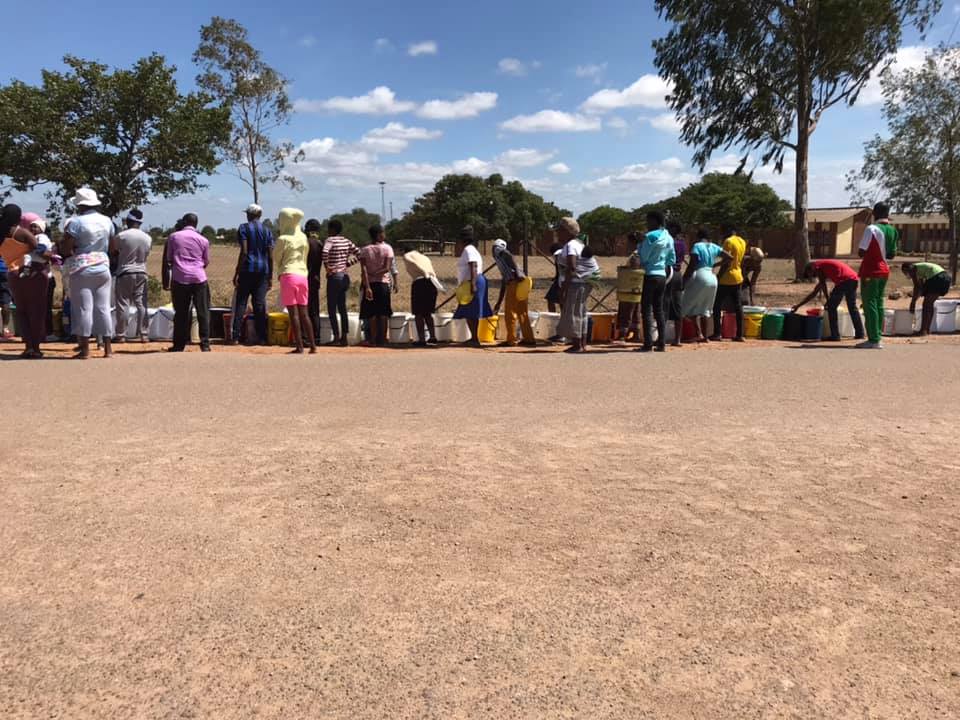Despite recent rainfall in and around Bulawayo, the city’s supply dams do not have adequate water levels to ease water shedding.
Bulawayo residents have been enduring extended periods of water shedding due to low dam levels caused by drought over the past two years.
Although the current rainy season has brought favorable rains, Mayor David Coltart said the dams have not yet reached levels where water rationing can be suspended.
He revealed that the average water level for all dams combined currently stands at 27.4 percent.
The city decommissioned Upper Ncema in October 2024, following the closure of Umzingwane dam in December 2023, both due to extremely low capacity.
“Some residents have been asking why we haven’t lifted water rationing since the rains have fallen. This made me realize there’s an assumption that the recent rains have miraculously filled the dams. That isn’t the case. We know we need a lot more rain,” Coltart said.
“The water levels have only risen by a mere 4 percent. We need at least three more weeks of heavy rains, similar to what we’ve experienced recently, to have adequate water for consumption.”
Councillor Aleck Ndlovu emphasized the need to educate residents about different types of rainfall and which ones contribute significantly to increasing dam levels.
“Residents need to understand which types of rainfall influence heavy inflow into the supply dams. Their questions about why water restrictions remain despite the rain show there’s an information gap from the council’s side,” he said.
“Since the beginning of the rainy season, we’ve only received about three instances of rainfall substantial enough to help fill our dams. As council, we must take it upon ourselves to provide this information periodically to keep residents updated.”

